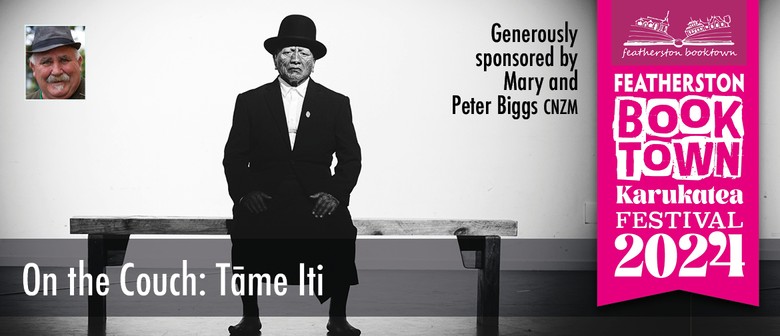Toss Woollaston
42 Victoria St, Te Aro, Wellington
Ticket Information
Restrictions
Website
Listed by
Toss Woollaston (1910 – 1998) was born at Toko, a small rural settlement east of Stratford, and raised on a dairy farm near Huinga, Taranaki. Woollaston remains a key figure in the history of 20th-century art in Aotearoa New Zealand, regarded as one of the pioneers of modernism in this country.
It is often a challenge to write about historically significant artists without becoming too preoccupied with biography, weighed down by the exact recording of dates and events. When thinking about Woollaston, it is equally difficult to speak to his life and work without tracing every physical movement, taking note of each time he moved from one town or city to another. But Woollaston’s life seems so much of the land – from his early days working as an orchardist, to building his mud-brick house at Māpua – and the landscapes within which he lived were so integral to his practice, and so essential to the man himself, that it seems vital to record these geographical shifts that informed the subject of his work.
Having left home in 1928 to go fruit-picking in Motueka, it was during this time that Woollaston discovered an interest in art. In 1931 he enrolled at Canterbury College School of Art in Christchurch. However, the young man quickly found the instruction too conservative and soon moved to Dunedin to study at the Dunedin School of Art. Woollaston departed after only two terms and in 1934 moved to Māpua, where he began building a house out of dried mud-bricks. In 1950 he moved to Greymouth with his wife Edith and their children, and the drama and scale of the West Coast landscape ushered in something of a shift in his practice. In 1968 the family returned to Motueka, where Woollaston remained until his death.
Woollaston repeatedly returned to paint a particular view or mountain range or lake edge, sometimes over and over and over again, in a constant endeavour to more closely capture a sense of truth and an immediacy of experience. While most recognised for his landscape paintings, he was equally inspired by the human form and created many portraits, treating each subject with the same intensity in an attempt to render on paper those same sensations found in his landscapes.
Log in / Sign up
Continuing confirms your acceptance of our terms of service.




Post a comment